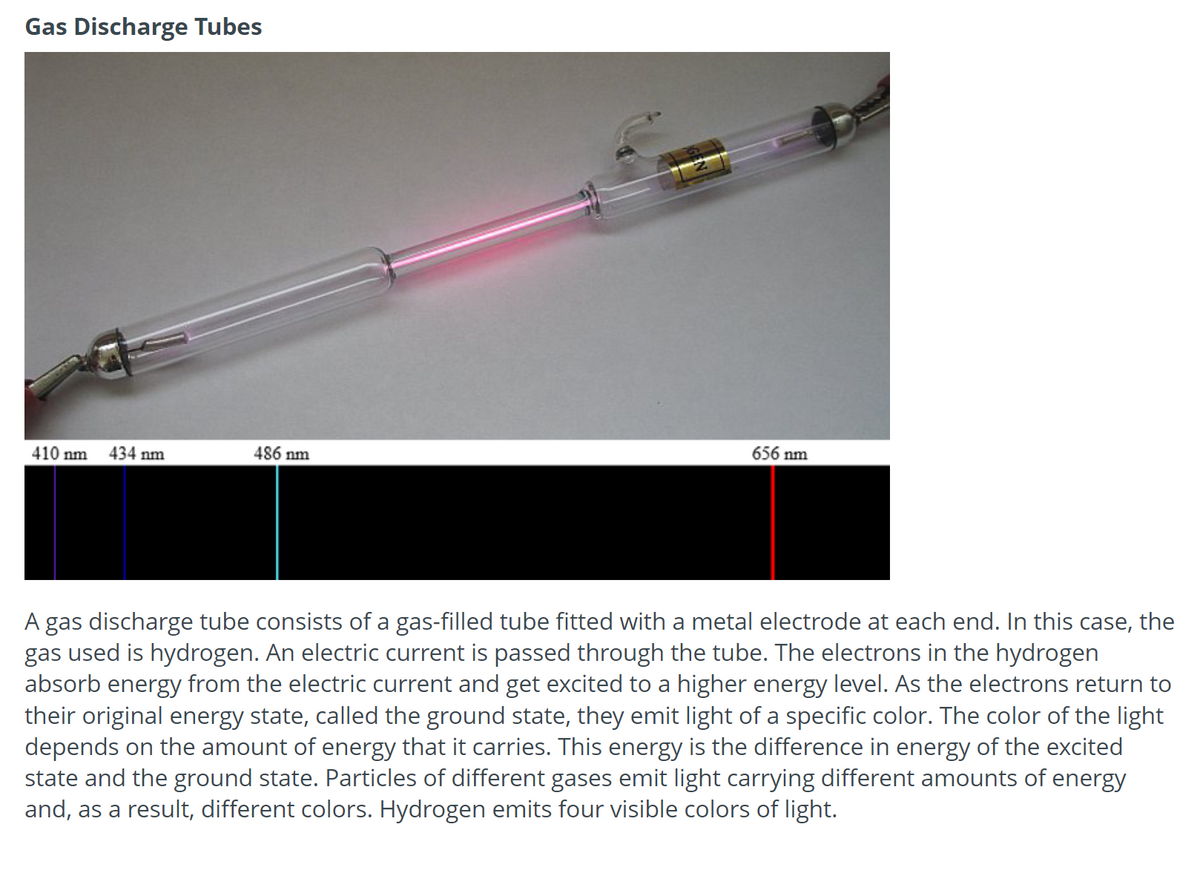Part A Recall all the models you described in task 1. Think about the results each model would predict for the experiment with hydrogen gas. Which models of the atom does the experimental evidence support? Explain why these models are compatible with the experimental results. Part B Which models of the atom in task 1 are not supported by the results of the hydrogen gas experiment? For each of these models, explain the experimental results that the model would predict. Models in task 1: - Dalton’s Atomic Model - Thomson’s Atomic Model - Rutherford’s Atomic Model - Bohr’s Atomic Model
Atomic Structure
The basic structure of an atom is defined as the component-level of atomic structure of an atom. Precisely speaking an atom consists of three major subatomic particles which are protons, neutrons, and electrons. Many theories have been stated for explaining the structure of an atom.
Shape of the D Orbital
Shapes of orbitals are an approximate representation of boundaries in space for finding electrons occupied in that respective orbital. D orbitals are known to have a clover leaf shape or dumbbell inside where electrons can be found.
Part A
Recall all the models you described in task 1. Think about the results each model would predict for the experiment with hydrogen gas. Which models of the atom does the experimental evidence support? Explain why these models are compatible with the experimental results.
Part B
Which models of the atom in task 1 are not supported by the results of the hydrogen gas experiment? For each of these models, explain the experimental results that the model would predict.
Models in task 1:
- Dalton’s Atomic Model
- Thomson’s Atomic Model
- Rutherford’s Atomic Model
- Bohr’s Atomic Model

Trending now
This is a popular solution!
Step by step
Solved in 2 steps









